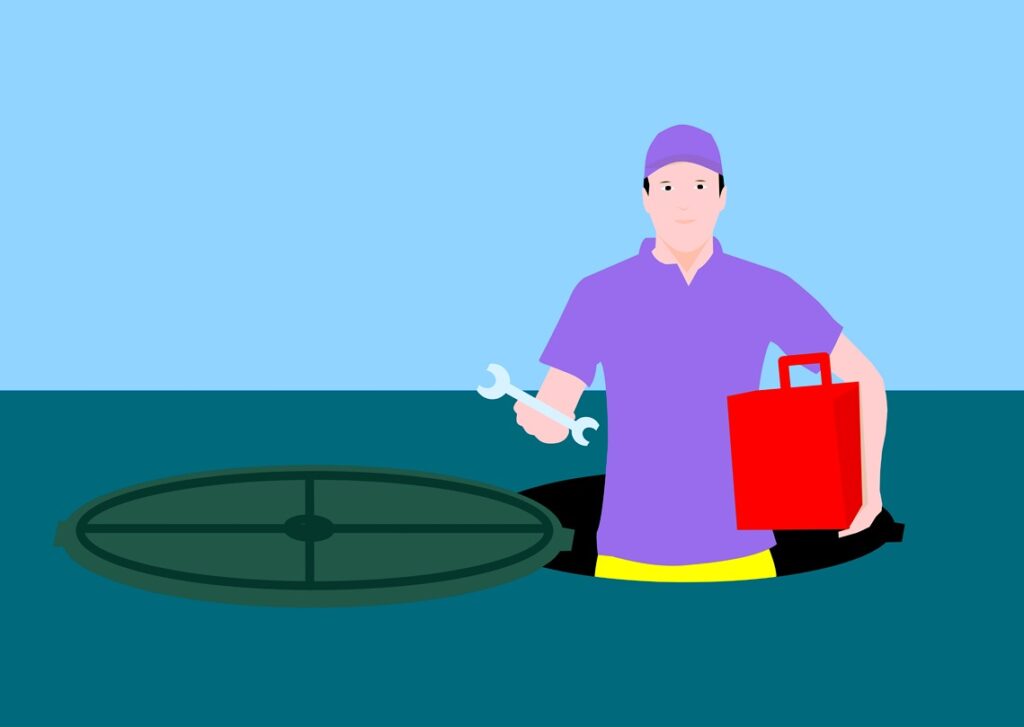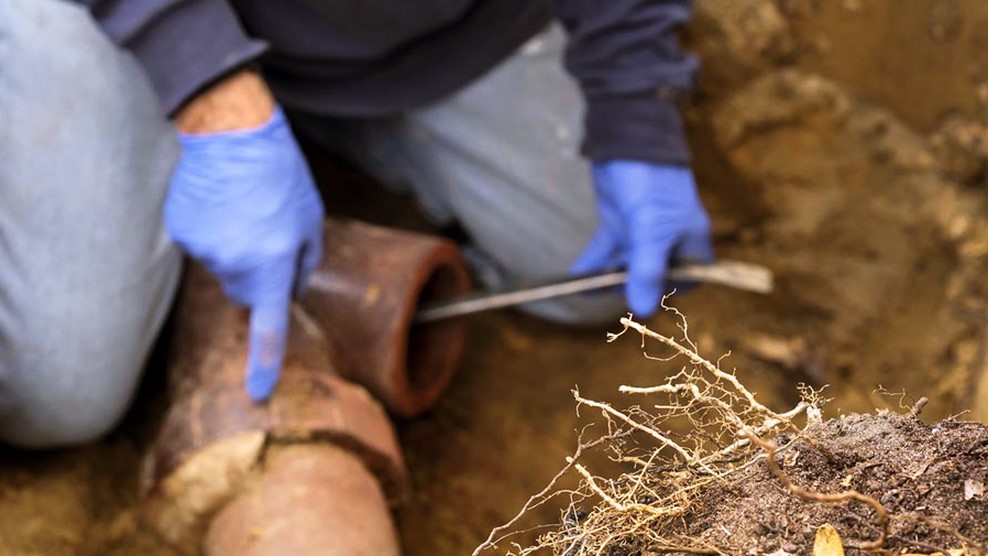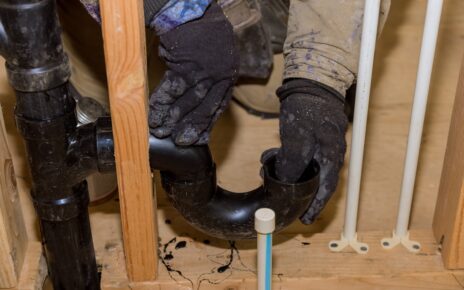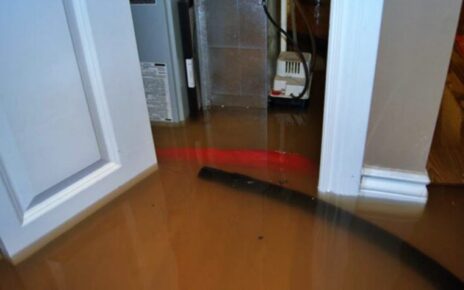Roots from trees and shrubs can clog your plumbing, causing a backup or preventing water from draining properly. The best way to keep your drains free from tree roots is to have them professionally cleaned. In the meantime, you can try some do-it-yourself methods for removing these roots before calling in a professional.
Table of Contents
Clear the drain
- Use a plunger to clear the drain. The most common way to clear a clogged drain is by using a plunger, which can be purchased at any hardware store for about $10-$20. The basic concept behind using a plunger to unclog your sink or shower is that you push water in and out of the drain so fast that it forces air bubbles caught in the pipe up into the rest of the plumbing. This pushes all sorts of gunk and hair out of your pipes and backs down toward where it came from: wherever else you’ve been dumping things down your drains instead of disposing of them properly.
- Try chemical drain cleaners if this method doesn’t work for you—but be sure to read directions carefully! You can purchase chemical drain cleaners in most grocery stores; however, these chemicals can get expensive very quickly if you’re not careful when deciding which one works best on different types of clogs (and remember: even if they don’t work perfectly every time, they still do help!). Be sure never to mix different types together unless instructed otherwise by manufacturer instructions because doing so could result in toxic fumes being released into your home environment.”
Feed the snake down the drain
Use a snake with a metal wire head, rubber head or flexible head to clear roots. If you don’t have access to any of these types of snakes, try using one with rigid or plastic heads instead.
Run more water down the drain
If you have roots in your drain, you can try running more water down the drain so that it loosens up the roots. You can use a plunger or chemical cleaner to help loosen up any roots that are stuck in the drain. Be sure to follow all directions for using a chemical cleaner carefully, as some products are hazardous if not used properly.
Pull out the snake and check what you’ve caught
So you’ve successfully removed the blockage. Now it’s time to check what’s in your snake—and hopefully, it’s nothing but roots. If there are other objects stuck in your drain pipe, remove them with a pair of pliers or tongs. If you’ve pulled out a root that needs cutting off, use scissors or a knife (or even better, a pair of garden pruners).
If you don’t have any tools handy and need to get back to work ASAP, grab an old towel and cut your way through the root as best as possible with heavy-duty shears before pulling it out again with the snake.
Using chemical cleaners for clogged drains filled with tree roots
If your clogged drain is caused by tree roots, you may be able to unclog it with chemical cleaners. Follow the instructions on the product packaging and make sure to wear protective gear while using them.
You can also try pouring boiling water down the drain if you have a clog caused by tree roots. Boiling water will kill most bacteria, so this method might help get rid of any infection that could be causing your problem. However, if you have an older home with galvanized pipes, this method could cause damage to your pipes over time due to corrosion from too much heat being applied repeatedly over many years.

The best way to keep your drains free from tree roots is to have them professionally cleaned.
While it may be tempting to skip the drain cleaning, you should know that doing so can cause serious damage to your home. While some clogs are easily dislodged with a plunger or some baking soda, others need professional help. If you’re experiencing frequent clogs in your shower drains and toilets, odds are good that roots are causing the problem and will continue wreaking havoc unless they’re removed by a professional.
Roots from trees and other plants can grow into your sewer lines and block them completely over time. This will result in raw sewage backing up into sinks, showers and toilets in areas where roots have grown through the pipes connecting these fixtures together at joints called connection points. When this happens regularly — like once every couple of weeks — it’s likely due to tree roots getting inside these joints where they’ve been able to build up enough pressure on surrounding sewer lines so that water can’t pass through anymore without backing up instead of flowing freely down toward its intended destination (your toilet).




